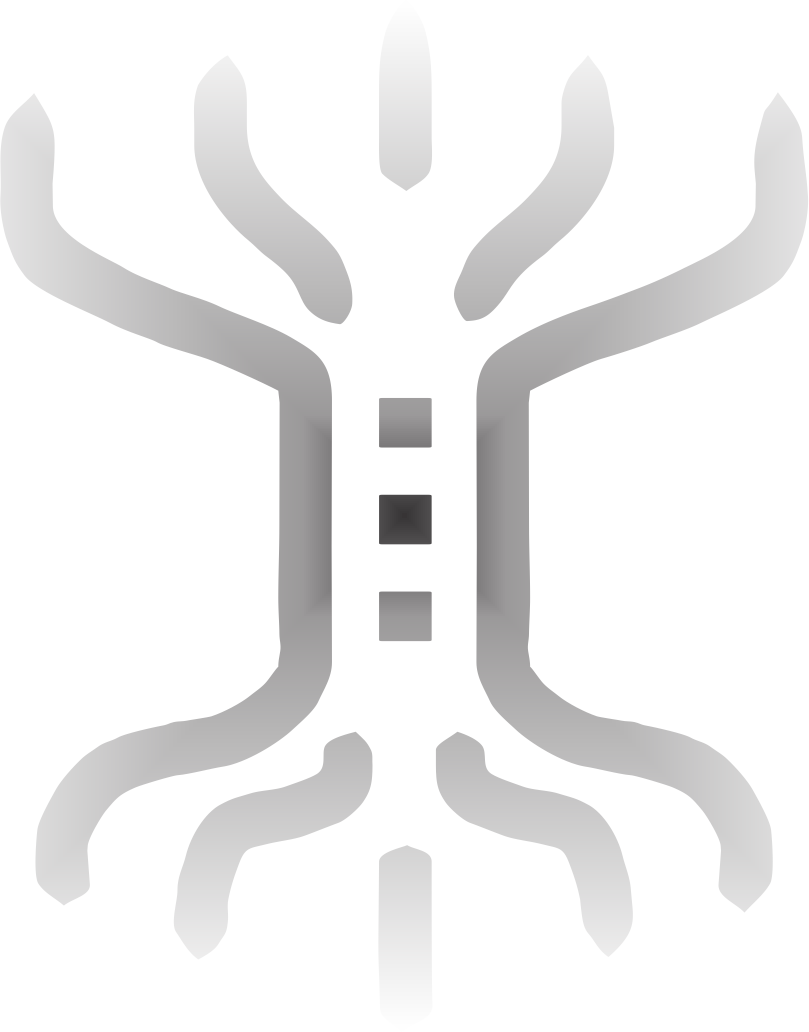

SPIKES
1560 4D
I raced back to my korob. What if the lines were waveforms? I could hardly hold the datasheet steady as I fed its contents into my image transcription archive. What would happen if I generated the frequency spectrum for an undulating line in the transcription? I selected a line, and ran the analysis.
At first it was a mess. There were no neat vertical lines – just a series of blurs of varying heights. Then I realized that I’d only used a segment of a line, and that might not have been enough. I lengthened out the segment to analyze, and again, until I’d fed in the whole line segment from one end of the long street to the other – a distance of more than a mile. At each extension, the blurs narrowed and heightened, until by the last pass they stood out almost as vertical lines, each of a different height and all with varying horizontal spacings between them.
There were a hundred vertical lines altogether of any significant height. A few tiny spikes marked other points, but they weren’t worth attention.
I chose another line and repeated the process. Again, a hundred clearly-defined vertical lines, but the heights and intervals were different. A third time, and new heights and intervals appeared again, but there were exactly one hundred of them. Then in the fourth line, I began to see similarity with the earlier lines. It was a code.
There were many possible ways to interpret what I was seeing. One straightforward approach was to treat amplitude and position of each vertical line as a kind of vector. But then what would the results mean? I shelved that question. Better to get the pattern first, and only then try to understand it.
It took me an eightday to compile all the street data I had, and the results floored me. The knots and weaves twined with the undulating lines appear to mark off transitions between different waveform combinations. When I fitted everything together, the waveforms came out as multifrequency codes, almost like chords in music. I have no idea what the timescale was supposed to be, but I was able to plot out the interline gaps from one vertical line on the frequency spectrum to the next. The gaps are all multiples of a common smallest value, much like the twelfth root of two used in Earth music. In fact, one could actually ‘play’ the inscriptions as if they were music.
For quite a while I wondered why the writers of this amazing text would bother to encode everything this way, until I realized that human neurosystems have analyzers to discriminate exactly this type of thing: the auditory-nerve complexes. These complexes allow us to identify multiple notes played in harmony, and we can also distinguish different notes played simultaneously at different volume levels. Apparently the inscribers were doing the same thing for vision, in a very special way, perhaps letting the viewer memorize a wall pattern and then play it back from memory later on, like a recitation.
After realizing all this, I began to wonder what their visual ‘music’ was telling its viewers. This was the start of my efforts at decipherment. But at the time the deeper question hadn’t yet occurred to me: just what kind of neurosystem did these long-dead viewers have?

